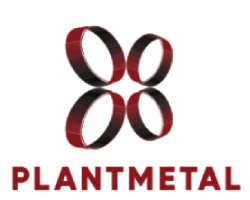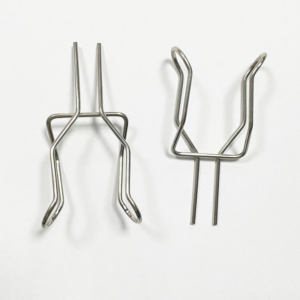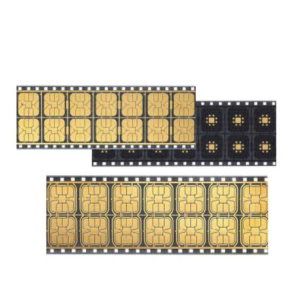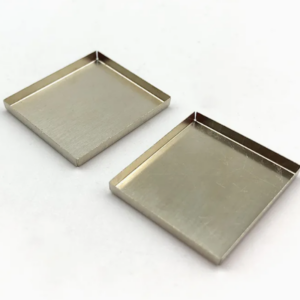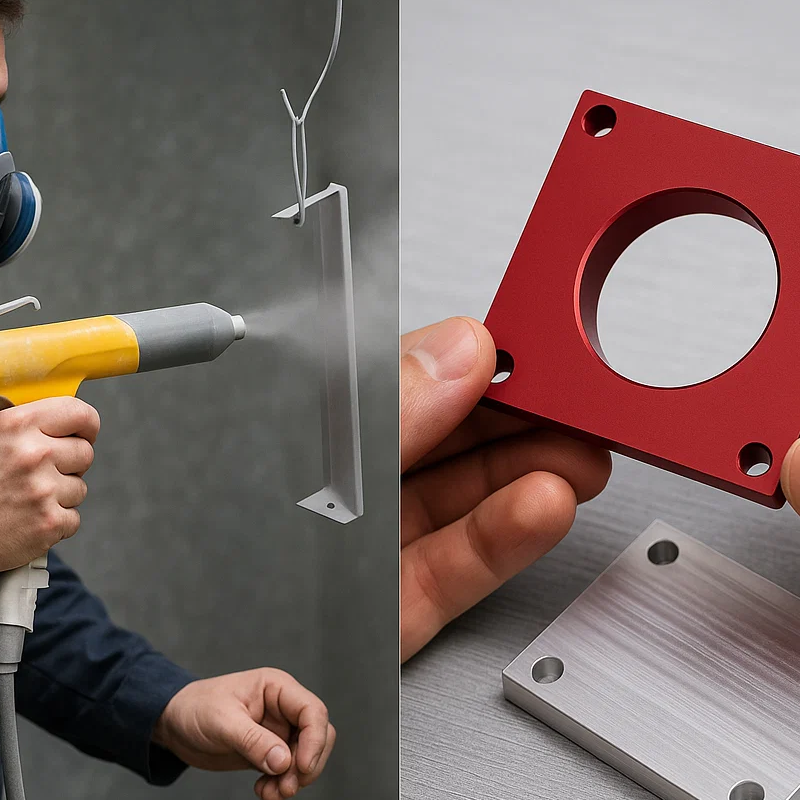Choosing the right surface finish for aluminum parts can feel overwhelming. As a designer, engineer, or procurement manager, you know that a bad decision can lead to wasted money, poor durability, or products that fail in the field. At Plantmetal, we’ve guided countless customers through this critical choice, and we want to share the insights we’ve developed as a high quality factory and trusted supplier of precision aluminum components.
When it comes to aluminum finishing, two options dominate the conversation: anodizing and powder coating. Both offer excellent protection and visual appeal, but they function in very different ways and are suited to different applications. In this blog, we’ll break down their processes, benefits, drawbacks, and real-world considerations so that you can make the right decision for your project. And if you’re still unsure after reading, our team at Plantmetal provides one-stop service and custom solutions tailored to your needs.

Understanding the Two Processes
What is Anodizing?
Anodizing is an electrochemical process that thickens the natural oxide layer on the surface of aluminum. Instead of adding material on top, it transforms the surface itself into a protective barrier. The result is a hard, durable layer that becomes part of the aluminum, not just a coating applied over it.
The anodized layer is porous before sealing, allowing dyes to be absorbed for added color. Once sealed, the finish becomes scratch-resistant, corrosion-resistant, and UV-stable. This makes anodizing a popular choice for industries that demand both performance and aesthetics, such as aerospace, automotive, consumer electronics, and architectural components.
What is Powder Coating?
Powder coating is an additive finishing process. A fine polymer powder is electrostatically sprayed onto the aluminum surface, which is then baked in an oven. The powder melts and fuses into a uniform, protective layer that resembles paint but is tougher and more resilient.
Unlike anodizing, powder coating does not alter the metal itself but creates a thick, durable shell. This finish is available in thousands of colors and textures, from matte black to glossy metallics, offering unmatched design flexibility. It is widely used in automotive parts, outdoor furniture, appliances, and industrial equipment.
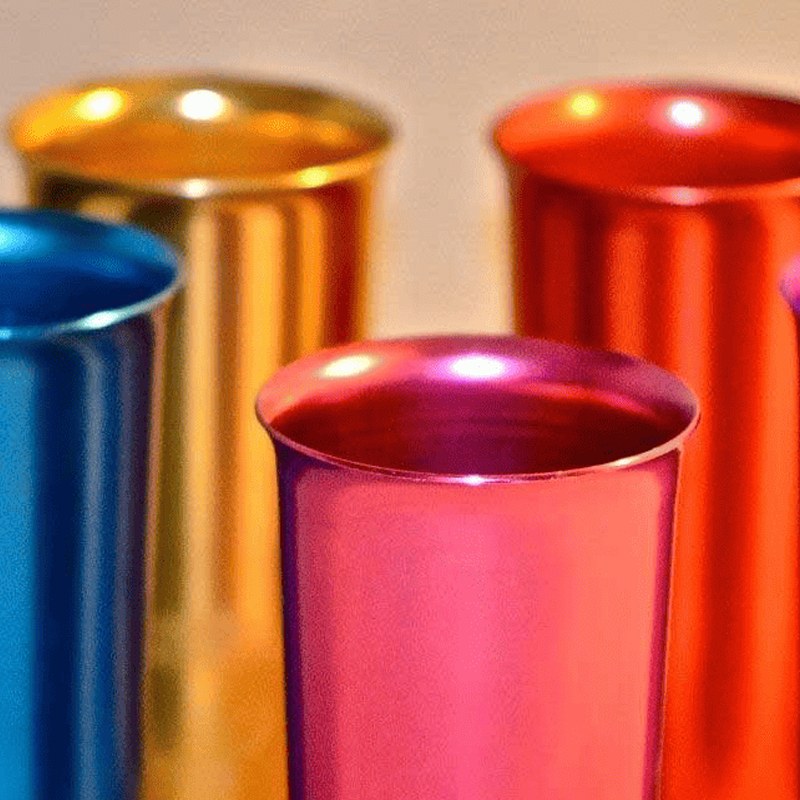
Key Differences at a Glance
| Caratteristica | Ossidazione anodica | Rivestimento a Polvere |
|---|---|---|
| Processo | Electrochemical, integral to metal | Additive layer, baked-on polymer |
| Appearance | Metallic, translucent, natural look | Opaque, vibrant, wide color range |
| Spessore | Thin layer, minimal dimensional impact | Thicker, affects tolerances |
| Durabilità | Hard, scratch-resistant, UV-stable | Impact-resistant, flexible coating |
| Opzioni Colore | Limited range, natural tones | Extensive palette, custom finishes |
| Cost | Often higher, precise process | Cost-effective, scalable |
The Advantages and Limitations of Anodizing
Anodizing offers several unique benefits:
- Surface Hardness: The oxide layer is harder than most metals, providing excellent scratch and wear resistance.
- Durability: Unlike paint or powder, anodizing will not peel or flake.
- UV Stability: Perfect for outdoor use where sunlight exposure is constant.
- Minimal Dimensional Change: The thin oxide layer means parts retain their precision tolerances.
However, as a professional aluminum part manufacturer in China, we always caution clients about the limitations:
- Color Variability: Achieving perfect color consistency across batches can be difficult. Small process variations lead to slight differences.
- Limited Color Palette: While dyes exist, anodizing cannot achieve the same wide spectrum as powder coating.
- Brittleness: The hard anodized layer can micro-crack if the part is bent or heavily deformed.
- Chemical Sensitivity: Strong acids and bases can damage anodized finishes.
At Plantmetal, our engineering team helps customers weigh these trade-offs to ensure anodizing is the right solution for their design and operating environment.
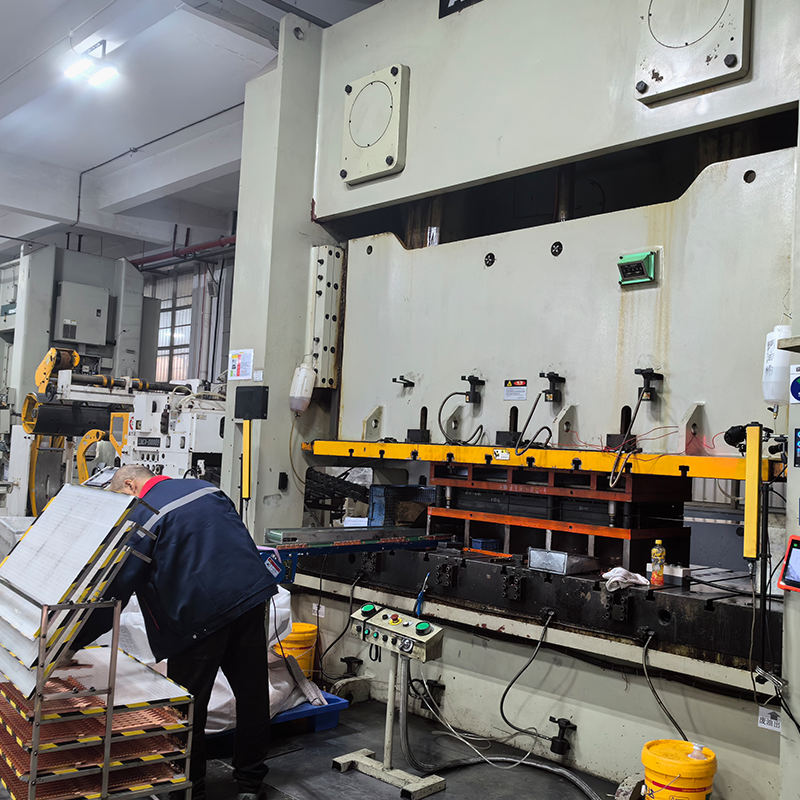
The Advantages and Limitations of Powder Coating
Powder coating provides a different set of strengths:
- Color and Finish Variety: Thousands of shades, textures, and gloss levels.
- Excellent Impact Resistance: The coating absorbs energy without cracking.
- Cost-Effective for Mass Production: Ideal for high-volume runs requiring consistent aesthetics.
- Corrosion Protection: Provides a thick, uniform barrier against moisture.
But as with anodizing, powder coating has limitations:
- Thickness Issues: The coating can interfere with tight tolerances and clog threaded holes.
- Chipping Risk: Under sharp impact, the layer may chip, exposing bare aluminum.
- UV Vulnerability: Standard powders can fade over time in direct sunlight unless UV-resistant formulations are used.
- Difficult to Apply Thinly: Maintaining a very thin, uniform layer is challenging.
As an experienced factory and supplier, we often recommend powder coating when customers want maximum design flexibility or need to meet tight cost requirements for large production runs.

Which Finish Is Right for Your Application?
The choice between anodizing and powder coating ultimately depends on your priorities:
- If you need precision tolerances, long-term UV stability, and a natural metallic look, anodizing is often the best fit.
- If you need bold colors, thicker impact protection, or lower cost per unit for mass production, powder coating is typically the better choice.
At Plantmetal, we don’t believe in one-size-fits-all solutions. We provide custom service and one-stop manufacturing to help customers evaluate not just the finish but also how it integrates into the larger production process. Our engineers can also combine both finishes—anodizing for certain surfaces and powder coating for others—when projects demand hybrid solutions.
Real-World Applications
- Automotive: Powder coating for chassis parts, anodizing for engine components.
- Consumer Electronics: Anodized housings for laptops and smartphones.
- Architecture: Anodized window frames and powder-coated railings.
- Industrial Equipment: Powder-coated enclosures for durability in harsh environments.
By matching the right finish to the right environment, you extend product life, enhance performance, and deliver a high quality end product your customers can trust.
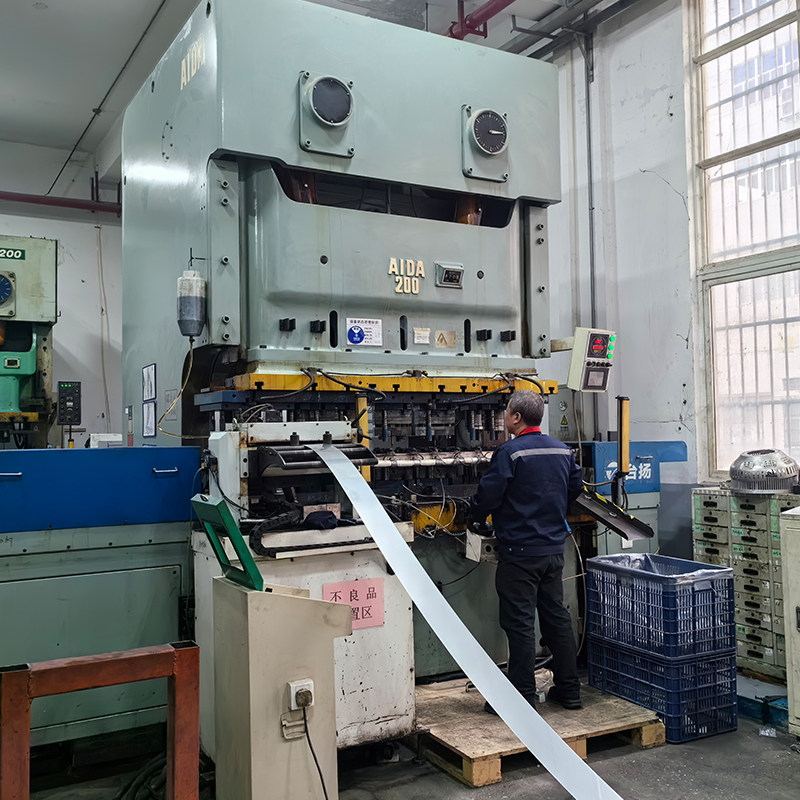
Why Work With Plantmetal?
As a leading manufacturer and supplier in China, Plantmetal has decades of expertise in aluminum processing, finishing, and OEM service. What sets us apart is our ability to provide:
- One-stop service: From design to finishing to mass production.
- Custom service: Tailored anodizing and powder coating solutions for unique projects.
- High quality control: ISO-certified production and strict testing protocols.
- Scalable capacity: Whether you need prototypes or high-volume manufacturing, our factory can deliver.
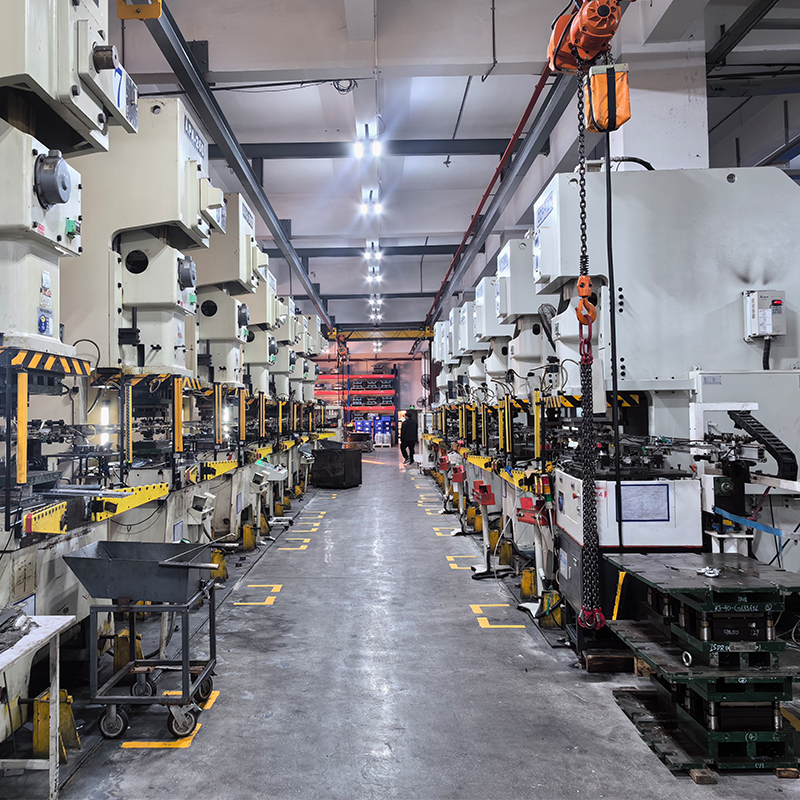
Conclusion
Choosing between anodizing and powder coating is not a simple matter of preference—it’s a strategic decision that impacts durability, aesthetics, and cost. At Plantmetal, we pride ourselves on guiding customers to the best finish for their aluminum parts through our one-stop service and custom manufacturing expertise.
If you’re unsure which option is best for your project, let’s talk. As a trusted high quality manufacturer and supplier, we’re here to provide expert guidance, prototypes, and reliable mass production solutions. Contact Plantmetal today to discuss your aluminum finishing needs—together, we’ll ensure your parts perform and impress for years to come.
